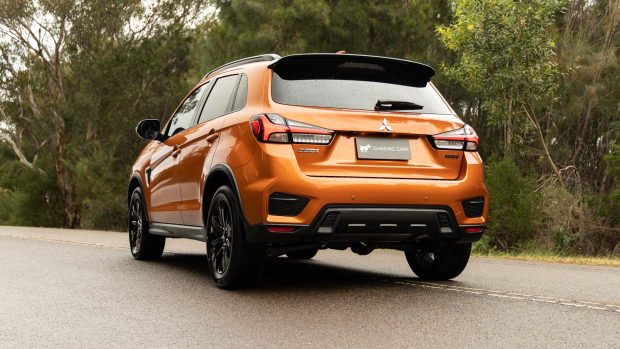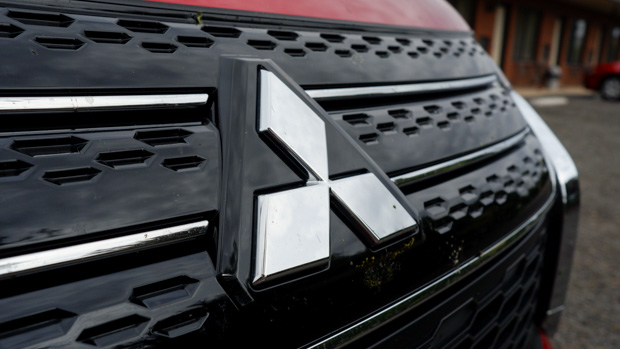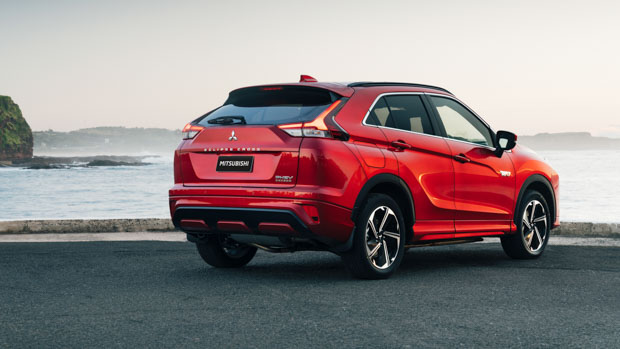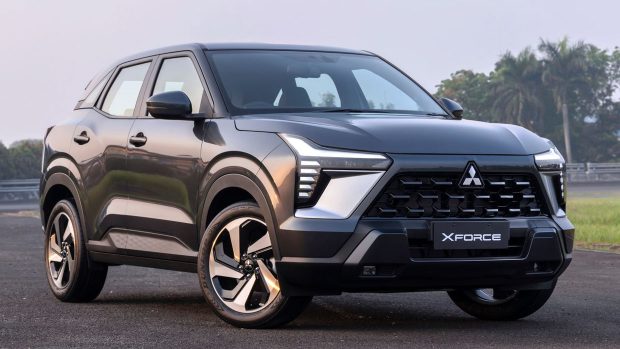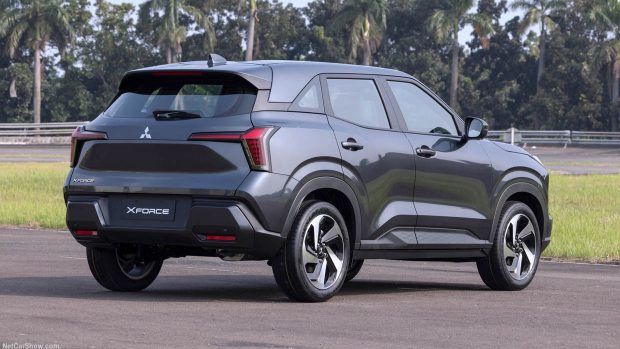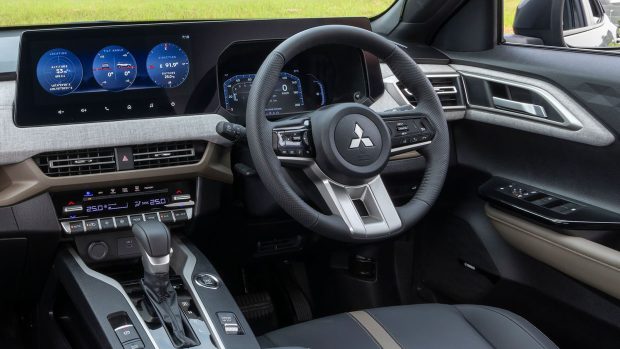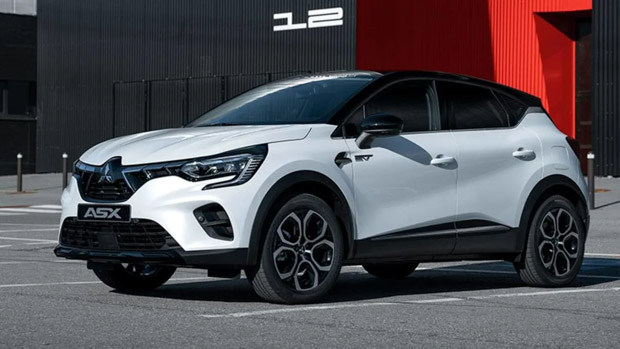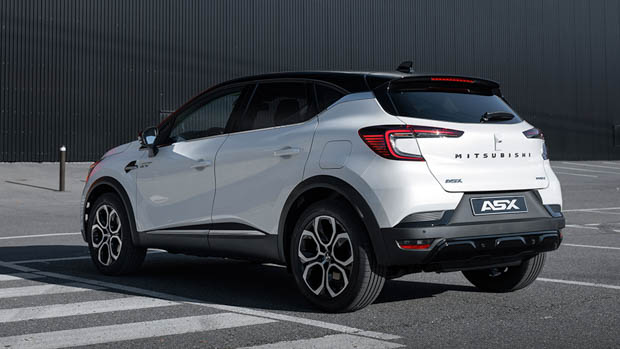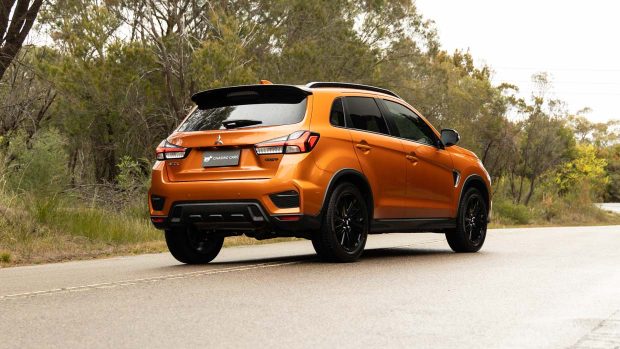-
Car Reviews
- Car News
-
Car Comparisons
Latest comparisons
- Chasing Deals
As the 13-year-old ASX prepares for yet another model year update, we assess where the much-needed next generation small SUV will come from
In 2010 Mitsubishi launched its ASX small SUV, beginning a longevity run practically unheard of in cars today.
The same ASX, albeit with tweaks and updates along the way, remains on sale in Australia 13 years later.
It’s older than iPads and Instagram. Pre-dates Minecraft and Uber. Back then, one Bitcoin cost $0.0008.
Passenger cars and SUVs typically have a generational lifecycle of around six years, so the ASX has more than doubled this expectation.
And it won’t be put out to pasture in the short term.
Mitsubishi Australia has confirmed MY24 update details to the current generation are imminent – some tech, styling and equipment tweaks most likely – showing the current ASX will live on for some time yet.
But change is needed and coming. “We’re having conversations to make the decision for Australia (for a replacement ASX), and we’ll have more on that by the end of 2023,” a Mitsubishi Australia spokesman told Chasing Cars.
Let’s get the crystal ball out and speculate, as the ASX is a key model for Australia and Mitsubishi.
The little ASX was for many years Australia’s best-selling small SUV (the MG ZS has pinched its crown the past two years), and last year we bought almost 13,000 of them. Only the Outlander midsize SUV and Triton ute outsell the ASX in Mitsubishi’s line-up.
Mitsi may have its Eclipse Cross playing in the small SUV segment, but it’d be a mistake to slay the ASX golden goose – demand remains strong for a more budget-orientated compact.
“Mitsubishi’s global executives have said that small SUVs remain a vital part of Mitsubishi globally and in Australia,” the Mitsubishi Australia spokesman said.
In April we reported how the next generation ASX could be a badge-engineered version of the Renault Captur. This would mirror what’s happened in Europe. A new ASX – in left-hand-drive only – was released there late last year, largely mechanically identical to the Renault Captur.
But a new potential replacement has emerged this month.
The 2024 Mitsubishi Xforce has been revealed for the ASEAN region (Southeast Asian countries such as Indonesia, Malaysia and Thailand). It is also intended to be sold in Latin America, the Middle East and Africa.
“The new ASX is really two options,” the Mitsubishi Australia spokesman suggested. “The European ASX and the ASEAN market Xforce production car. The Xforce’s emissions and safety would have to be engineered for Australian requirements, and that’s cost.”
Revealed in Indonesia earlier this month, the Xforce near mirrors the current ASX’s size. Its 4390mm x 1810mm x 1660mm figures make it 25mm longer, 20mm higher and the same width as the ASX.
Interestingly, the Xforce’s ground clearance is significantly better than the current ASX’s at 222mm versus 205mm. This clearance bests even the rough terrain-focussed Subaru Crosstrek, although the Mitsubishi has been revealed only in front-wheel-drive.
The Xforce uses a 77kW/141Nm 1.5-litre naturally aspirated petrol four-cylinder, mated to a CVT transmission. These figures are significantly down on the current ASX’s 110kW/197Nm 2.0-litre NA petrol, and 123kW/222Nm 2.4-litre NA petrol. Not great.
While safety and emissions levels aren’t at a level to suit our market, the rest of the equipment list appears Australia-ready.
There are 18-inch alloys, LED daytime running lights, fabric covering for the dashboard, 12.3-inch infotainment with smartphone mirroring, an 8.0-inch digital driver display, wireless phone charging and Yamaha audio. Oh, and space for 21 600mL drink bottles.
There’s little detail on safety equipment, meaning if Australia wanted to introduce the Xforce here, expensive updates would be needed to attain a five-star ANCAP rating.
Mitsubishi Australia CEO Shaun Westcott confirmed to media last month the car would need to be entirely re-engineered – to the tune of millions of dollars – to prove viable for the Australian market.
The Xforce’s shortcomings tilt the scales in favour of the ASX currently on sale in Europe.
The Renault-Mitsubishi Alliance has made it possible for the Renault Captur to be rebadged as a Mitsubishi ASX in mainland Europe, but currently only in left-hand-drive.
In right-hand-drive UK, they’re lumbered with the same first generation ASX as we are.
But why?
“From an Alliance perspective there are agreements between them (Renault and Mitsubishi) with production quotas,” the Mitsubishi Australia spokesman said. “At the time the ASX was developed it was left-hand-drive and Europe only; it would need to go through a process for right-hand-drive.”
The Renault Captur is currently on sale in Australia as a right-hand-drive model, so safety and emissions already meet compliance.
But the Captur is classified a ‘light’ or city SUV, markedly more compact that the current small SUV ASX. The Renault’s dimensions are 4227mm x 1797mm x 1567mm, so those seeking a ‘larger’ small SUV would be turned off.
Positively, the European ASX/Captur has a range of powertrains – a 67kW 1.0-litre three-cylinder petrol; 103kW 1.3-litre four-cylinder turbo-petrol; 105kW 1.6-litre petrol hybrid; and 117kW 1.6-litre petrol plug-in hybrid with claimed 62km electric range.
But then there’s a price problem.
The current ASX has for years sold well on its sharp pricing – currently starting at $23,990 and topping out at $34,740.
The Renault Captur – a far more modern but smaller SUV – starts at a chunky $33,000 and peaks at $41,300 in Australia.
If the next generation Mitsubishi ASX was a rebadged Renault Captur, the Alliance agreement would surely dictate very close pricing between the two vehicles.
Should a badge-engineered ASX play the budget card and vastly undercut the Captur, it’d be a tough break for the Renault SUV struggling with just a two per cent market share.
We’ll know more about the ASX replacement for Australia by year’s end, so stay tuned for the latest.
Latest news
About Chasing cars
Chasing Cars reviews are 100% independent.
Because we are powered by Budget Direct Insurance, we don’t receive advertising or sales revenue from car manufacturers.
We’re truly independent – giving you Australia’s best car reviews.
